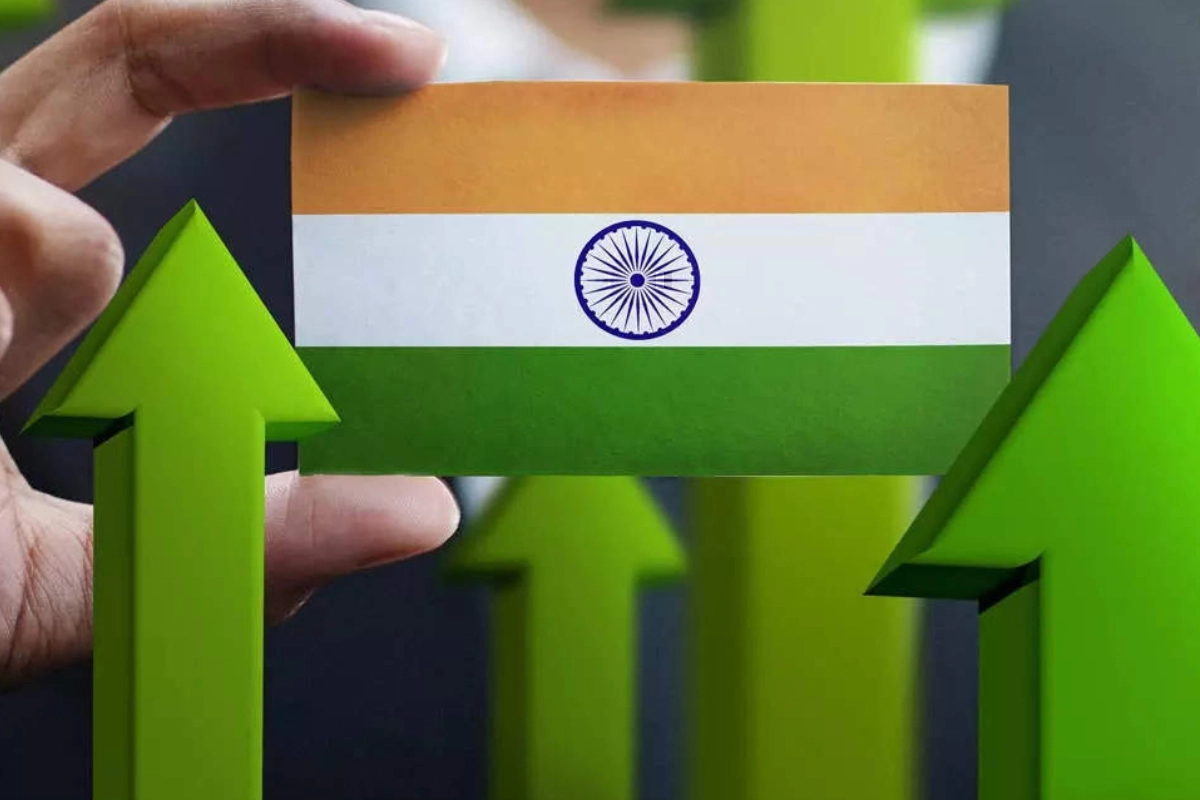In 2024, India’s Economy Is Projected To Grow 6.7%
Reports from the United Nations predict the Indian economy will grow by 6.7% in 2024.

In 2024, India’s Economy Is Projected To Grow 6.7%
UN’s World Economic Situation and Prospects for mid-2023 predicts Indian GDP growth of 5.8%. However, it will be slightly below the estimated 6.4% for 2022 due to higher interest rates and a global slowdown. Higher interest rates and weaker external demand are expected to weigh on investment and exports this year.
A slowdown in currency depreciation and moderate global commodity prices should reduce imported inflation in India in 2023, lowering inflation to 5.5%. Due to high food and energy prices, tighter monetary policies, and fiscal vulnerabilities, the economic outlook in South Asia is significantly deteriorating. There is a forecast for economic growth to moderate between 2022 and 2023, falling from 5.6% to 4.8%.

There are greater challenges for other economies in the region. Bangladesh, Pakistan, and Sri Lanka sought International Monetary Fund (IMF) financial assistance in 2022. UN DESA produced the World Economic Situation and Prospects 2023 in collaboration with the United Nations Conference on Trade and Development and the five regional commissions of the United Nations.
Several UN DESA-sponsored commissions are involved in this conference, including the Economic Commission for Africa (UNECA), the European Commission (UNECE), the Latin American and Caribbean Commission (UNECLAC), the Asian Pacific Economic Commission (UNESCAP), and the Western Asian Economic Commission (UNESCWA).
In addition to UNWTO, the report was also co-authored by another UN organization. The report said Western Asian oil-producing countries have recovered from the recession, noting high oil prices, rising oil production, and a recovery in tourism.
A tightening of international finance access and severe fiscal constraints have slowed the recovery of oil-producing countries and non-oil-producing nations. Due to worsening external conditions, growth will slow from 6.4% in 2022 to 3.5% in 2023. Economic growth in Africa is unlikely to improve in the near term due to a volatile, uncertain global environment.
Several factors have contributed to the region’s poor performance, including weaker demand from key trading partners (especially China and Europe), rising energy and food prices, and rapidly rising borrowing costs. Governments seeking bilateral and multilateral support to manage debt-servicing burdens have increased.

Approximately 3,8% growth is expected in 2023 compared to 4,1% growth in 2022. Severe and mutually reinforcing shocks struck as the world economy reached the midpoint of the 2030 Sustainable Development Goals (SDGs). While the COVID-19 pandemic continues to reverberate worldwide, the war in Ukraine has triggered a new crisis, disrupting food and energy markets and worsening food insecurity and malnutrition.
Inflation Rate Based On WPI
Due to high inflation, real incomes have eroded, and millions are suffering from economic hardship and poverty. In contrast, the climate crisis wreaked havoc in many countries, causing widespread economic damage and triggering humanitarian crises through heat waves, wildfires, floods, and hurricanes.
In 2023, all of these shocks will significantly affect the world economy. Developed and developing countries have increased monetary tightening in response to persistently high inflation, which averaged about 9% in 2022.

A rapid rise in interest rates by the Federal Reserve in the United States of America has had global consequences, including capital outflows and currency depreciations in developing nations, which have increased debt sustainability risks and balance of payment pressures.
Due to high levels of public and private debt, credit conditions have tightened considerably, raising debt-servicing costs, restricting fiscal space, and causing sovereign credit risks to rise.
Rising interest rates and waning purchasing power further cloud global growth prospects. There has been a slowdown in global trade due to recessionary conditions in the consumer sector, the protracted conflict in Ukraine, and issues related to supply chains.

World output is expected to grow by only 1.9% in 2023, down from an estimated 3.0% in 2022. A mild pickup in global growth is likely to occur in 2024 if some macroeconomic headwinds subside. The global economy is expected to slow down, reducing inflationary pressures gradually.
This should facilitate a shift from tightening to a more accommodating monetary policy stance by the Federal Reserve and other major central banks. Despite this uncertainty, numerous economic, financial, geopolitical, and environmental risks must be considered in the short term.
Proofread & Published By Naveenika Chauhan



